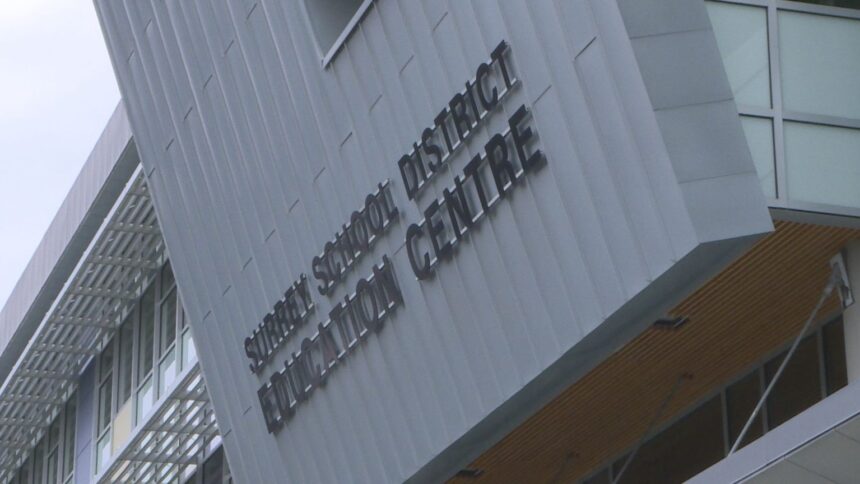In a sweeping response to critical infrastructure challenges, Surrey’s school district has unveiled an ambitious hybrid learning strategy set to reshape the educational landscape for thousands of students this September. The unprecedented plan combines extended school days with alternating in-person and online learning to address what officials describe as “unsustainable overcrowding” across the rapidly growing district.
“We’ve exhausted every conventional solution,” admitted Surrey School District Superintendent Dr. Robyn Anderson during yesterday’s announcement. “With enrollment increasing by nearly 1,200 students annually and construction timelines extending beyond immediate needs, we required an innovative approach that maintains educational quality while acknowledging our physical limitations.”
The district’s “2025 Capacity Management Plan” introduces a tiered schedule system affecting 14 of Surrey’s most severely impacted schools. Students in these locations will experience a combination of extended in-person class days (7:30 AM to 4:00 PM) three days per week, complemented by structured online learning during remaining weekdays. The model creates what administrators call “capacity relief” by reducing daily in-building populations by approximately 40%.
Parent reaction has been decidedly mixed. “I understand the challenges, but this creates significant childcare complications for working families,” noted Priya Sharma, mother of two elementary students at Goldstone Park Elementary, one of the affected schools. “We’re essentially scrambling to cover two days of supervision we hadn’t planned for.”
The Surrey Teachers’ Association has cautiously endorsed the plan while expressing concerns about implementation timeframes. “Teachers recognize the space crisis is real,” said Association President Martin Chen. “However, developing effective hybrid instruction requires substantive preparation and professional development that feels rushed under the current timeline.”
The district’s enrollment crisis stems from Surrey’s explosive population growth, with the city adding over 50,000 new residents since 2021 according to Statistics Canada data. Despite completing four new schools since 2022, including the recently opened Clayton Heights Secondary expansion, classroom capacity continues falling dramatically behind demand.
Provincial funding remains a contentious backdrop to the district’s decision. The BC Ministry of Education has allocated $268 million toward Surrey school construction over the next three years, but critics argue this investment lags behind the municipality’s extraordinary growth rate.
“We’re building schools as fast as funding and construction timelines allow,” noted Education Minister Caroline Lee. “The hybrid learning approach represents a creative interim solution while we continue addressing the infrastructure needs.”
Technology equity has emerged as another critical concern. The district has committed $4.2 million to ensure device access for all affected students, with dedicated support personnel to troubleshoot connectivity issues for families requiring assistance. Community centers throughout Surrey will also offer supervised study spaces for students during online learning days.
Educational experts remain divided on the long-term implications. Dr. Michael Zhang, education policy researcher at Simon Fraser University, suggests the hybrid model may offer unexpected benefits despite its origins in crisis management.
“Research increasingly shows that thoughtfully designed hybrid learning can enhance student independence and digital literacy,” Zhang explained. “The challenge will be ensuring consistency and maintaining engagement during remote instruction periods.”
As September approaches, the district has scheduled virtual information sessions for affected families and published comprehensive implementation guidelines on its website. Officials emphasize the plan’s flexible design, promising quarterly reviews and adjustments based on community feedback and student performance metrics.
As Surrey navigates this educational crossroads, the fundamental question remains: can innovative approaches to learning effectively substitute for the physical classrooms the growing district so desperately needs, or does this represent merely a digital band-aid on a problem requiring concrete solutions?










